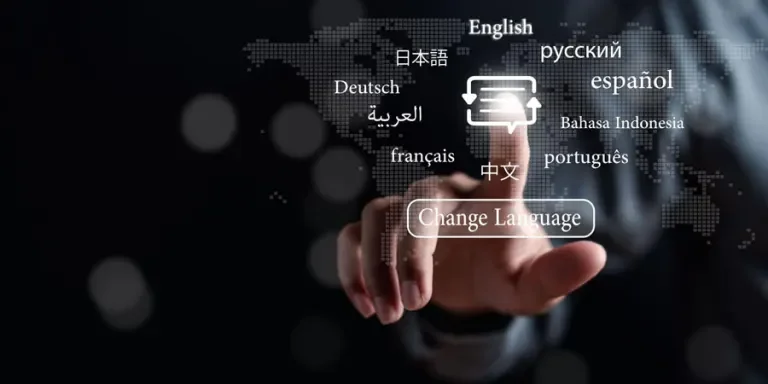Table of Contents
1. Introduction
2. Varieties and functions of smart translators
3. Analysis of the current market
4. Critical selection criteria for smart translators
5. Leading smart translator models of 2024
6. Conclusion
Introduction
In the sphere of global communication, smart translators have emerged as pivotal tools, enabling instant multilingual interaction with unprecedented ease. These devices translate spoken and written text in real-time, supporting numerous languages and dialects, thus facilitating seamless cross-cultural exchanges. Enhanced by artificial intelligence, they offer accurate translations that are essential for professionals engaged in international business, ensuring that language barriers do not hinder productivity or opportunities. As technology progresses, these translators are becoming more integrated, offering features that extend beyond simple translation to include cultural nuances and specialized business terminology.
Varieties and functions of smart translators
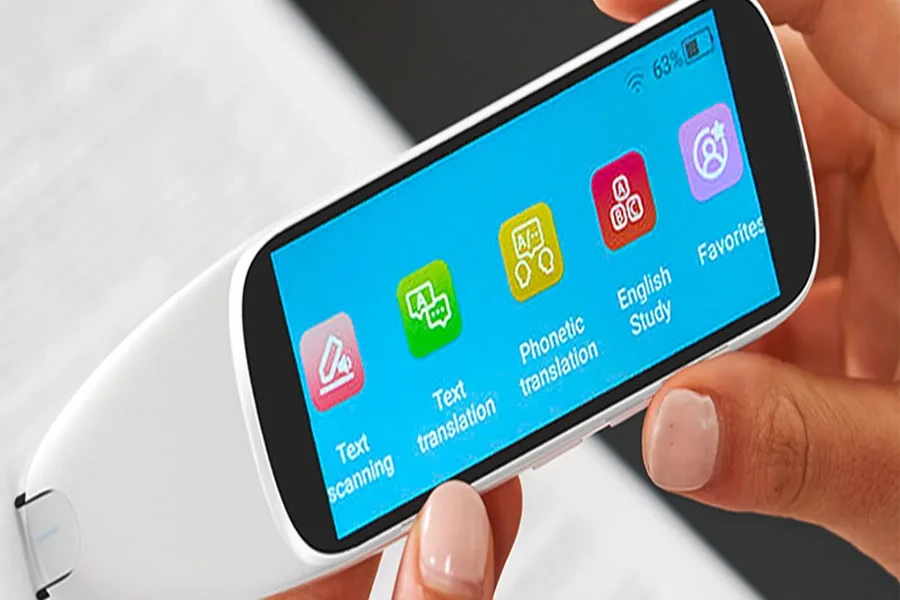
Overview of different types of smart translators
Smart translators have become indispensable tools in the toolbox of global communication, offering solutions that range from simple phrase translation to complex real-time interpretation. These devices are typically categorized based on their functionality and intended use. Handheld electronic translators are the most recognizable, designed for tourists and professionals alike, providing on-the-go translation of spoken and written text. They often come with features such as voice recognition and touchscreen displays for ease of use.
Another burgeoning category is the wearable translator, which includes devices like earbuds that offer live conversation translation directly into the wearer’s ear, ideal for seamless bilingual discussions. For environments like conferences or customer service, stationary devices that can handle multiple speakers and translate several languages simultaneously are increasingly in demand.
Practical applications in various settings

The practical applications of smart translators are as diverse as the devices themselves. In the corporate world, these devices bridge the communication gap in multinational companies, enabling smoother negotiations and meetings by translating multiple languages with high accuracy. This capability is crucial in avoiding miscommunications that can lead to costly mistakes or missed opportunities.
In the healthcare sector, smart translators play a critical role by ensuring that patients and healthcare providers who speak different languages can communicate effectively, thereby improving the quality of care and patient outcomes. Similarly, in the travel and tourism industry, these translators help businesses cater to a global clientele more effectively by removing language barriers, enhancing guest experiences, and fostering a greater understanding of diverse cultures.
The technology underpinning these devices continues to advance, with newer models integrating artificial intelligence to improve translation accuracy and speed. These advancements are pushing the boundaries of what smart translators can achieve, making them more adept at handling idiomatic expressions and technical jargon across various industries. As the technology evolves, the range of applications is expected to broaden, embedding these translators deeper into everyday interactions and specialized professional settings alike.
Analysis of the current market
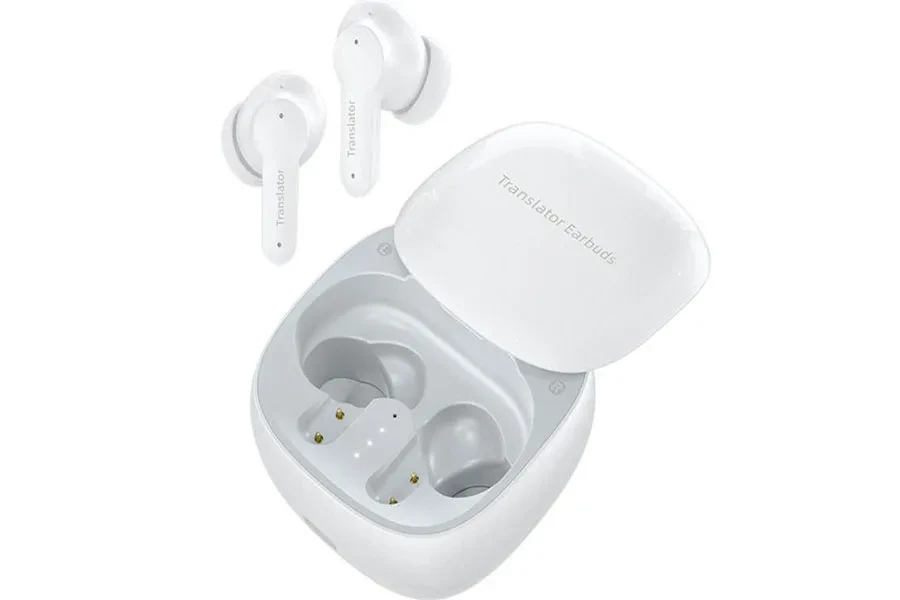
Experts currently value the smart earpiece language translator market at US$ 219 million, and they expect it to reach US$ 303.9 million by 2029. They estimate this boost will happen at a 4.6% compound annual growth rate (CAGR) from 2023 to 2029.
Trends influencing the smart translator market in 2024
The smart translator market in 2024 is being shaped by a few significant trends. One of the most prominent is the rising demand for real-time and accurate translation across global industries, driven by increased international collaboration and travel. This need is further amplified by the globalization of business operations, where companies are constantly seeking ways to improve communication across diverse linguistic landscapes. Additionally, the expansion of e-commerce on a global scale has necessitated more sophisticated translation solutions to cater to a wider customer base.
Consumer preferences are evolving towards more integrated and user-friendly devices, as evidenced by the surge in popularity of mobile apps and wearables that offer translation services. These trends are not only increasing the accessibility of smart translators but are also pushing manufacturers to innovate continuously to meet the heightened expectations for speed, accuracy, and ease of use.
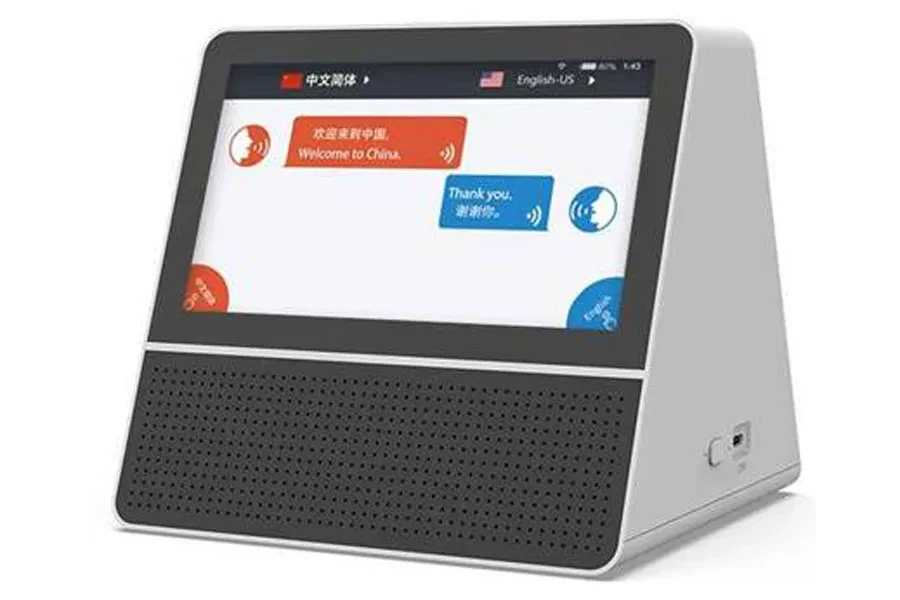
Impact of technological advancements on device capabilities
Technological advancements are profoundly impacting the capabilities of smart translator devices. The integration of artificial intelligence and machine learning has greatly enhanced the accuracy of translations, allowing devices to learn from interactions and improve over time. AI has also enabled context-aware translation, which is pivotal in understanding idioms, cultural nuances, and industry-specific terminology.
The development of neural machine translation technology has been a game changer, providing more fluid and natural translations compared to the traditional phrase-based systems. These advancements are crucial in professional settings where the precision of language is paramount. Moreover, the advent of 5G technology has improved the connectivity of smart translator devices, facilitating faster and more reliable translations even in less connected environments.
This progression in technology has enabled smart translators to become more than just tools for simple translation tasks; they are now capable of handling complex conversations and documents, making them indispensable in both personal and professional realms. The continual improvement in battery life and miniaturization of hardware further ensures that these devices can be used more flexibly and on a larger scale. The convergence of these technological improvements is setting the stage for a future where language barriers are increasingly diminished, fostering more effective and inclusive communication worldwide.
Critical selection criteria for smart translators
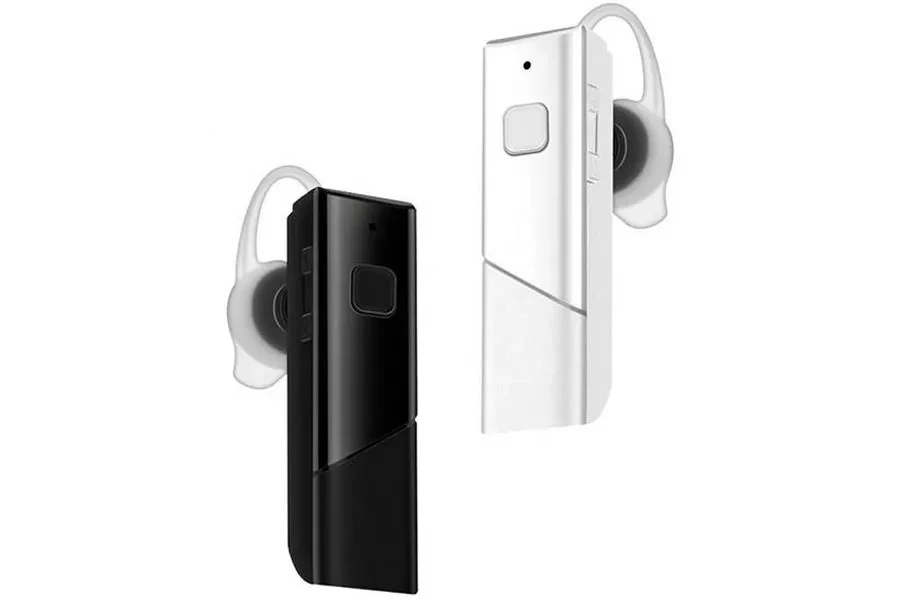
Evaluating language support and accuracy
When selecting smart translators, language support and accuracy are paramount. Devices must accommodate a broad spectrum of languages and dialects to serve global business needs effectively. Modern translators now leverage advanced neural networks to enhance translation accuracy, ensuring that nuances and idiomatic expressions are correctly interpreted. This precision is vital in industries where specific terminology, such as legal or medical, must be flawlessly translated to avoid costly errors.
Assessing device connectivity and compatibility
Connectivity is a critical feature for smart translators, especially in an era where cloud-based computing is ubiquitous. Effective translators need to integrate smoothly with other devices and platforms, supporting a range of operating systems and hardware. Compatibility with smartphones, tablets, and computers through Bluetooth or Wi-Fi enhances the utility of translators in diverse settings, from boardrooms to remote locations.

Importance of battery life and portability
Battery life and portability are essential for professionals who rely on translators during long business trips or extensive fieldwork. Devices with long battery life ensure continuous operation without frequent recharges, which is crucial during uninterrupted sessions of communication. Compact, lightweight designs enhance portability, making devices easy to carry in a pocket or briefcase, ready for spontaneous use.
User interface and ease of use
The user interface of a smart translator should be intuitive, allowing first-time users to operate the device without extensive training. An easy-to-navigate interface reduces setup time and increases efficiency, particularly important in high-stress environments where quick response times are crucial. Features such as touchscreens, voice commands, and customizable settings can significantly enhance the user experience, making sophisticated technology accessible to all levels of technical proficiency.
Leading smart translator models of 2024
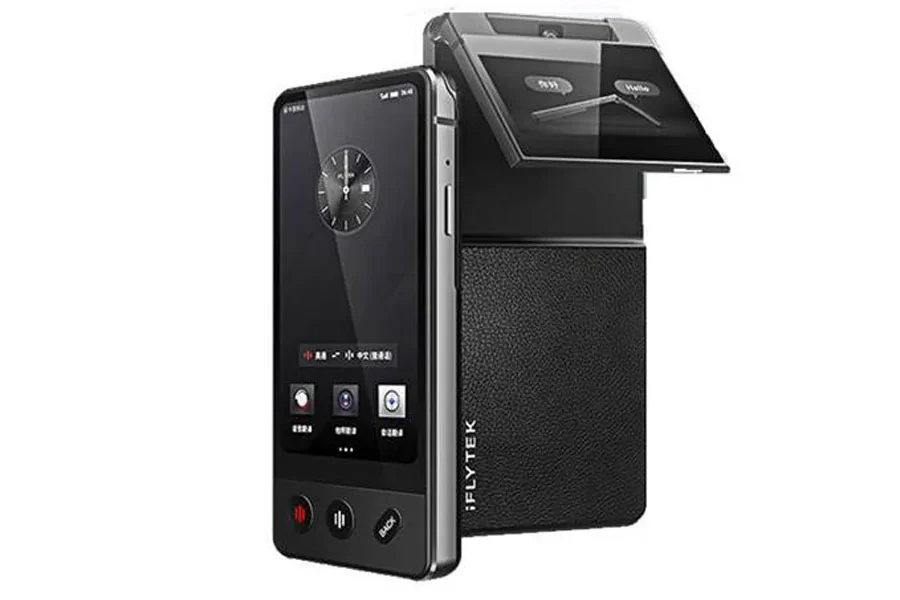
High-performance models and their features
In 2024, the Google Translate Next-Gen Pod continues to lead with its expansive language support, offering translations for over 120 languages. Its integration of advanced neural machine translation technology significantly improves the handling of complex sentence structures and idiomatic expressions, achieving an accuracy rate that surpasses 95%. This model is particularly lauded for its real-time conversational translation capabilities, making it indispensable for professionals in multilingual meetings or negotiations.
The iFlytek Translator 4.0 Pro is another standout, renowned for its dual-screen display that allows for easier interaction and more detailed translations. It supports voice translation in over 70 languages and provides a high degree of accuracy thanks to its powerful AI processing. This device is equipped with a high-sensitivity microphone that captures speech in noisy environments, making it perfect for travel or outdoor business environments.
Pocketalk ‘S’ Model has been redesigned to cater to the needs of the modern traveler and professional. It supports 82 languages and comes with a two-year global data plan, ensuring that users have access to translations no matter where they are in the world. The device is compact and features a large touchscreen for ease of use, along with a new camera that can instantly translate text from images, such as menus and signs.
Cost-effective choices for budget-conscious buyers
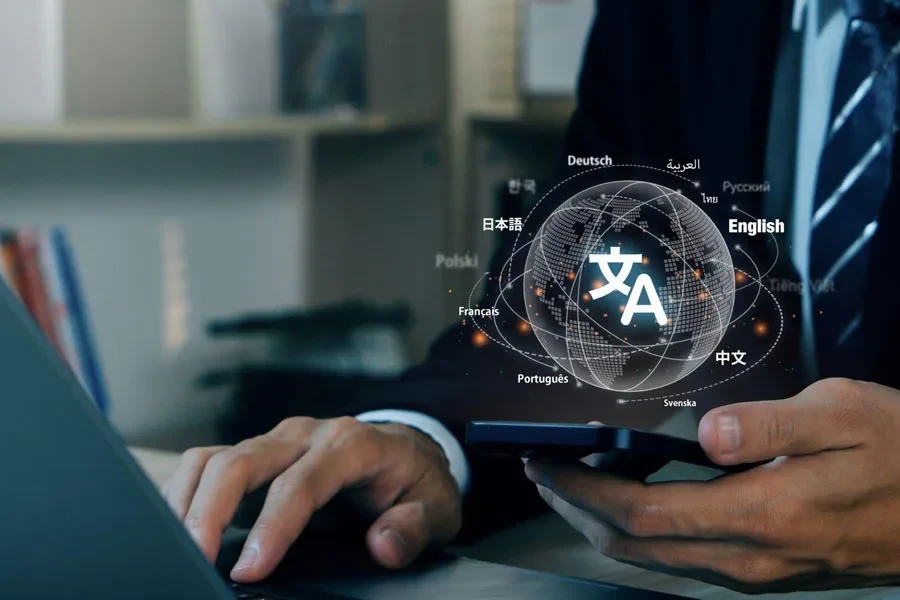
For those who need reliable translation without a hefty price tag, the Vasco Mini 3 is an excellent choice. It covers over 50 languages and is designed for intuitive one-hand operation, which is perfect for quick translations on the move. Its robust design and long-lasting battery make it suitable for extensive travel.
The Langogo Genesis offers great value with its ability to function as a global Wi-Fi hotspot in addition to being a translator. This device supports more than 100 languages and includes a voice assistant feature to help with travel arrangements and local information, making it a versatile companion for international business and travel.
Innovations in translator earbuds and wearables

WT2 Language Translator Earbuds revolutionize real-time conversational translation with their ability to provide fluent translation for over 40 languages and 93 accents directly into the user’s ear. These earbuds are designed for seamless bi-directional communication, and they feature an advanced noise-cancellation system that ensures clarity even in noisy environments.
Timekettle M3 earbuds not only translate but also function as regular earphones for listening to music or making calls. They support offline translation for six key languages, which is incredibly useful in regions with limited internet access. The M3 earbuds are known for their discreet design and comfortable fit, suitable for long periods of use, whether in casual or professional settings.
Conclusion
The selection of smart translators in 2024 offers an array of options tailored to the needs of global professionals, from high-performance models enhancing accuracy in multiple languages to cost-effective devices and innovative wearables for on-the-go communication. This variety ensures that every business can find a tool that not only meets their specific linguistic requirements but also integrates smoothly into their operational workflows. As communication continues to be a cornerstone of success in the international marketplace, investing in the right smart translator is crucial for fostering effective relationships and facilitating clear, efficient exchanges across linguistic boundaries.
